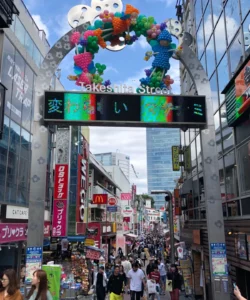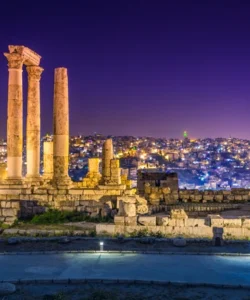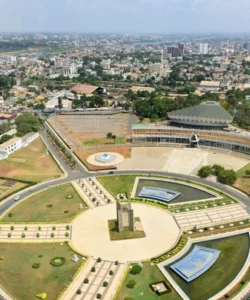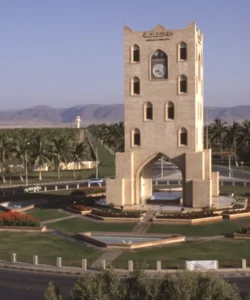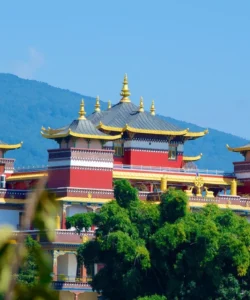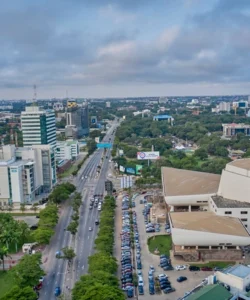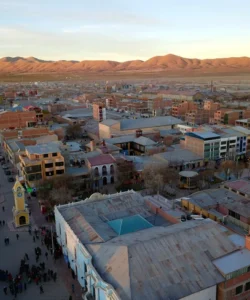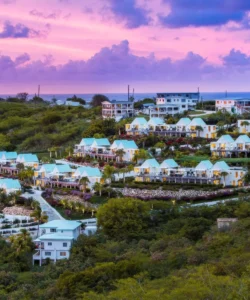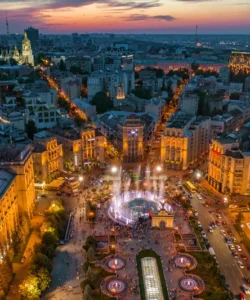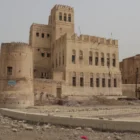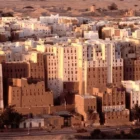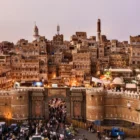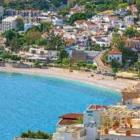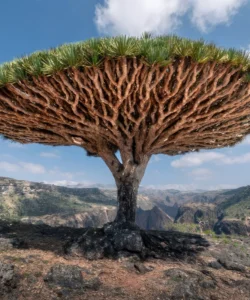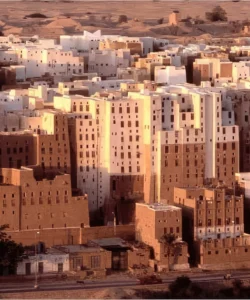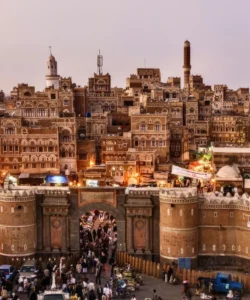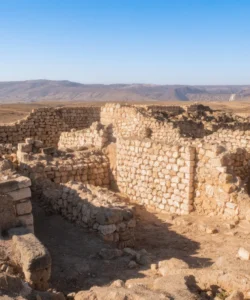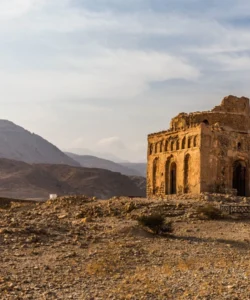Socotra, locally known as Saqatri, is a Yemeni island in the Indian Ocean, situated between the Guardafui Channel and the Arabian Sea. It’s globally recognized as a UNESCO World Heritage Site due to its extraordinary biodiversity, with a remarkable number of endemic plant and animal species found nowhere else on Earth. Often dubbed the “Galapagos of the Indian Ocean” or “the most alien place on Earth,” Socotra offers a truly unique and otherworldly landscape.
Listen to an introduction about Socotra Island
Name and Address
- Name: Socotra (locally: Saqatri)
- Address: Socotra Archipelago, Yemen. It’s located approximately 240 km (149 miles) east of Cape Guardafui (Somalia) and 380 km (236 miles) south of Ras Fartak (Yemen mainland).
How to Get There
Important Note: Travel to Socotra Island, while possible, is currently challenging and requires careful planning due to the political situation in Yemen. Most international travel advisories recommend against travel to mainland Yemen. Access to Socotra is typically via specific flights or ships, often arranged through local tour operators.
- By Air: The most common way to reach Socotra is via humanitarian charter flights (often operated by Emirates Aviation Services) from Abu Dhabi, UAE. These flights are usually once or twice a week during the high season (October to April) and cannot be booked online; they must be arranged through a local Socotran travel agency. There may also be irregular flights from Cairo via Seiyun (mainland Yemen), but these are less reliable.
- By Ship: An irregular supply ship travels from the Port of Salalah, Oman, to Socotra, but the journey is unpredictable (3-7 days) and not recommended for comfort.
- Visa and Permits: A Yemeni visa is required for most nationalities. This is typically arranged by the local Socotran tour operator through the Governor’s Office in Socotra. Independent travel is generally not an option; you must book a full tour with a local agency.
- On-Site: There is no public transport or rental cars on Socotra. Exploration is done via 4×4 vehicles with local guides and drivers, often involving camping in designated areas as there are very few hotels.
Landscape and Features
Socotra’s landscape is a striking blend of diverse terrains, shaped by its ancient continental origin and unique climate.
- Dragon’s Blood Trees (Dracaena cinnabari): The most iconic and famous endemic plant, these umbrella-shaped trees with their distinctive red sap create an otherworldly forest, particularly on the Dixam Plateau and Homhil Protected Area.
- Bottle Trees (Adenium obesum): Another unique succulent with a bulbous trunk, resembling a bottle, adapted to store water.
- Coastal Plains: Narrow coastal plains with characteristic white sand dunes formed by monsoon winds, particularly impressive at places like Arher Beach and Detwah Lagoon.
- Limestone Plateaus: Extensive limestone plateaus (e.g., Momi, Homhil, Diksam) permeated with karstic caves (like Hoq Cave, one of the largest in the Middle East) and inter-hill plains.
- Hagghier Mountains: A central massif of granite and metamorphic rocks, rising to over 1,500 meters (4,900 ft), offering dramatic pinnacles, deep gullies, and hiking opportunities.
- Biodiversity Hotspot: The island is a global biodiversity hotspot, with an astonishing 37% of its 825 plant species, 90% of its reptile species, and 95% of its land snail species being endemic (found nowhere else).
- Marine Life: The surrounding waters are rich in marine biodiversity, including 253 species of reef-building corals and 730 species of coastal fish.
What Makes It Famous
- Endemic Flora and Fauna: Socotra’s unparalleled level of endemism, particularly its unique “alien” trees, is its primary claim to fame, earning it the “Galapagos of the Indian Ocean” moniker.
- Otherworldly Landscape: The bizarre and unique appearance of its endemic plants, combined with diverse geological formations, creates a landscape that feels unlike anywhere else on Earth.
- Untouched Nature: Due to its isolation and limited tourism, much of Socotra’s nature remains pristine and unspoiled, offering an immersive wilderness experience.
- UNESCO World Heritage Site: Designated in 2008 for its outstanding universal value in biodiversity conservation.
- Adventure and Seclusion: It attracts intrepid travelers seeking off-the-beaten-path adventures, including hiking, caving, snorkeling, and camping under incredibly starry skies.
- Cultural Uniqueness: The island has its own unique Socotran language (a relic of ancient Yemeni languages) and traditional cultural practices.
Differences from Some Other Islands/Attractions
- Extreme Endemism: While other islands might have unique species, Socotra’s exceptionally high percentage of endemic flora and fauna (over a third of its plants) is virtually unparalleled globally, making it a living laboratory of evolution.
- Continental Origin with Unique Flora: Unlike volcanic islands (like the Galapagos), Socotra is of continental origin, having detached from Gondwana. This geological history, combined with its isolation, has led to a unique evolutionary path for its species, distinct from those on volcanic islands.
- “Alien” Aesthetic: The visual appearance of its iconic Dragon’s Blood Trees and Bottle Trees gives Socotra a truly “alien” or prehistoric aesthetic that is not replicated by other natural attractions.
- Raw, Undeveloped Tourism: Compared to many popular island destinations with extensive infrastructure and resorts, Socotra offers a much more rugged, camping-based, and less developed tourism experience, emphasizing raw nature over luxury.
- Blend of Desert and Coastal Ecosystems: It uniquely combines vast sand dunes and arid plateaus with pristine beaches and rich marine life, offering diverse ecosystems within a relatively small area.
Socotra Island Photos:
































